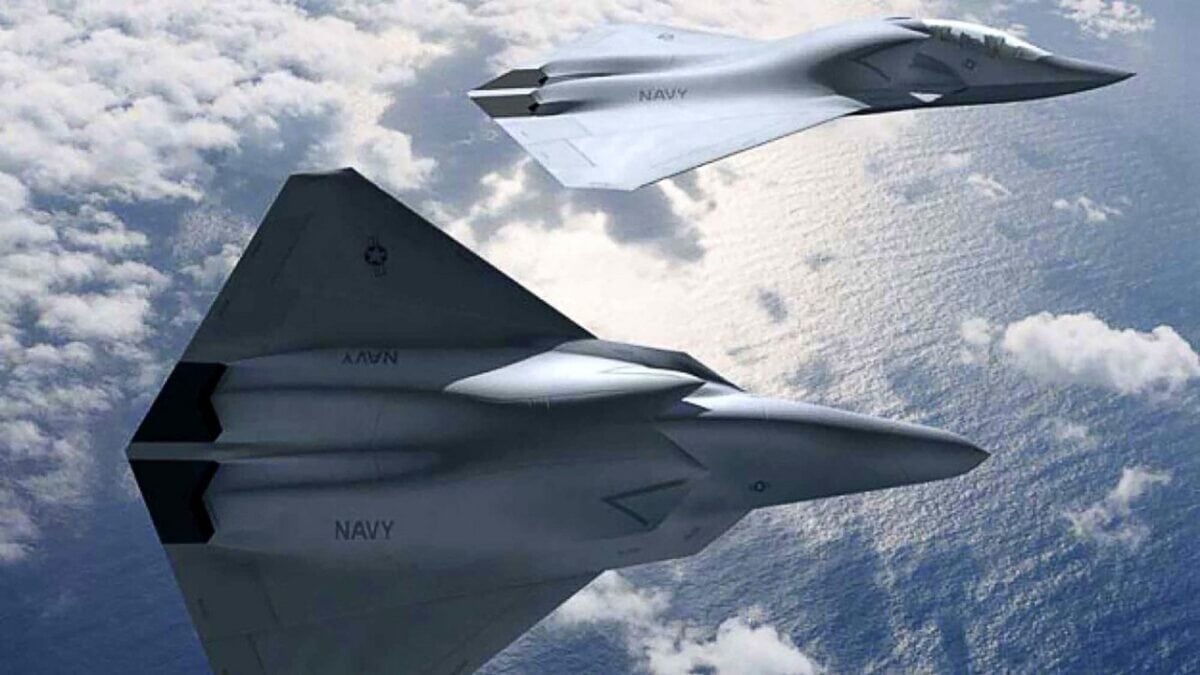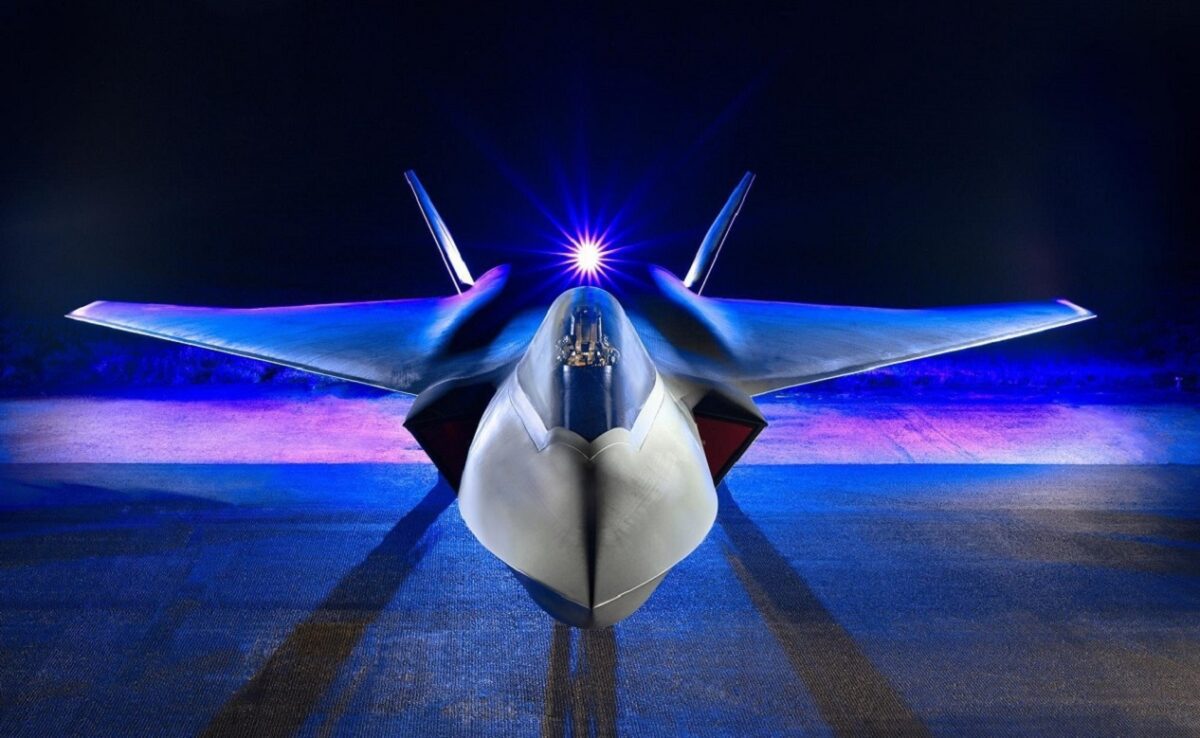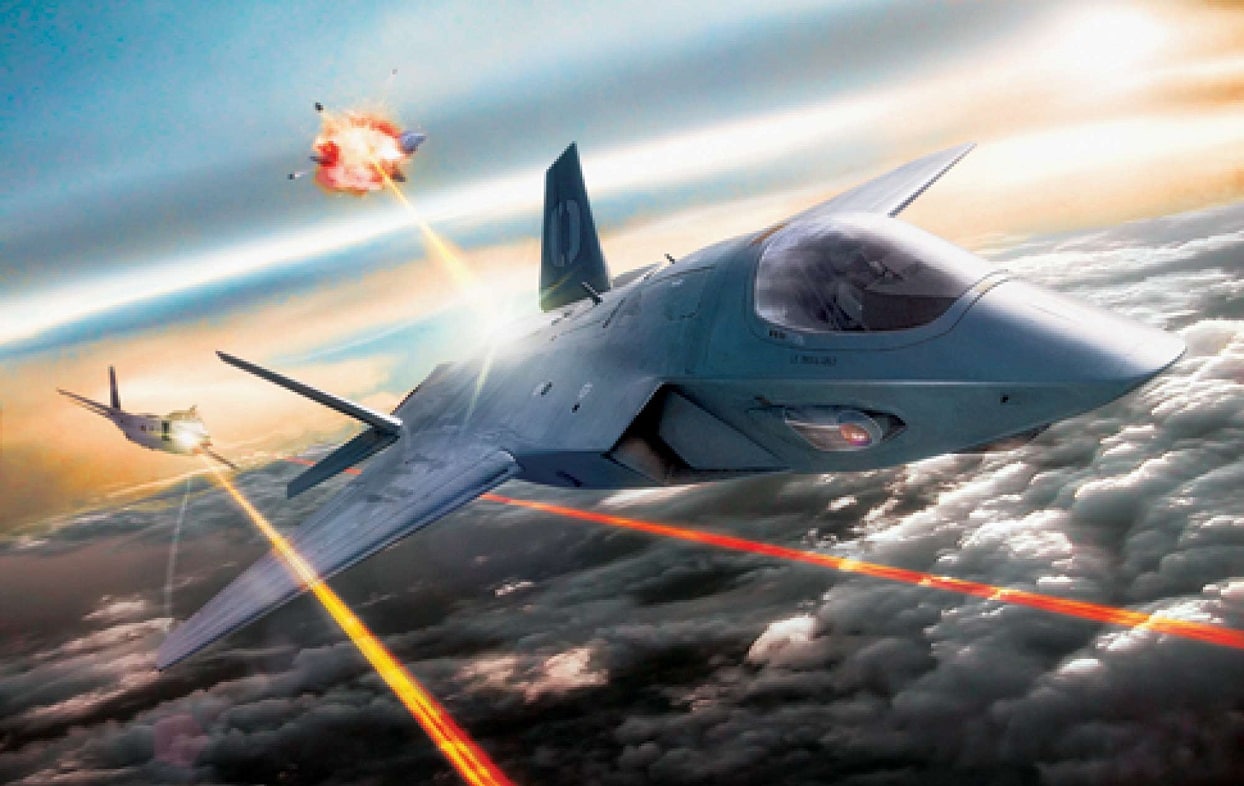What exactly is a 6th Generation Fighter? Fifth-generation fighters are so advanced – and so expensive – that just three nations have designed and built models: the United States, Russia, and China. The technology – stealth, supercruise, supermaneuverability, interconnectivity – is still cutting edge. Yet, the great powers are already looking ahead, as great powers tend to do, competing with each other, and contemplating the 6th generation of fighter technology.
Sixth-generation fighters exist only in concept. Several countries are working on 6th generation fighters – some of which have never even created a fifth-generation fighter – including the U.S., Russia, China, Japan, the UK, and France. No one is close yet to debuting a 6th generation fighter; the going expectation is that the next generation won’t debut until the 2030s.
6th Generation Fighter: Designing Aircraft for Future Conflicts
Although the 6th generation of aircraft is still nascent, a set of distinct features have congealed to form the basis of what a 6th generation fighter is. Namely, all of the fifth-generation-worthy abilities for survivability in contested environments, air superiority, ground attack, etc. will need to be improved commensurate with the times.
The emphasis on close-combat dogfighting, which dominated twentieth-century aerial warfare, is becoming a peripheral concern of aircraft manufacturers. Instead, ground attacks, cyber warfare, and even space warfare are increasingly relevant. Beyond-visual-range (BVR) missile combat is also still important.
The next generation of jet fighters will likely incorporate the ability to operate in a manned or unmanned configuration. And like the F-35 in the fifth generation of air fighters, sixth-generation fighters will need to integrate with a variety of other jets, drones, soldiers, and sensors – in a saturated network meant to provide warfighters with a comprehensive picture of the battlespace.
To achieve the performance characteristics expected of a sixth-generation fighter, various design elements will be incorporated. The foundation of sixth-generation technology will be the “brains” of the aircraft: advanced digital platforms with networking ability, onboard AI, data fusion, and advanced communications equipment.
The jets will incorporate features that help the pilot integrate seamlessly with the machine. So, in addition to a new-age instrument panel, new fighters will likely feature “virtual cockpits” presented into the pilot’s helmet, allowing the pilot 360 degrees of vision.
6th generation fighters, like their predecessors, will need to feature advanced stealth technology – especially as air defense systems grow more sophisticated. Expect the new jets to include variable-cycle engines, which can operate efficiently under a variety of circumstances, such as cruising without consuming too much gas, and being able to provide high-end thrust and performance.
Some speculate that sixth-generation fighters will even feature directed-energy weapons, like laser CIWS.
Whether the nation’s developing 6th generation technology can pull off such an array of novel technologies remains to be seen. Obviously, financial constraints will play a major factor.

US Navy 6th generation fighter jet artist rendering. Image Credit: Boeing.
Multiple 6th generation fighter concepts are under development. Japan is working on the F-X program. The F-X will be Japan’s first-ever domestically produced stealth program. In Europe, different nations have teamed up to form the continent’s first sixth-generation fighter. The UK, Sweden, Italy, France, Germany, and Spain are all working together on the Future Combat Air System. Whether the six nations – representing Europe’s greatest powers – can successfully coordinate such an ambitious project amongst themselves remains unclear. Russia, with its long history of impressive aerospace achievements, is working on various projects, including the PAK DP, slated to be an interceptor aircraft capable of replacing the MiG-31.
India, which is currently working to match China’s impressive military build-up, is still working on a fifth-generation model – but is also looking ahead, and starting to plan for the development of sixth-generation technology. And China, of course, who has successfully created a fifth-generation jet, the Chengdu J-20, has begun researching a 6th generation fighter platform to complement their ever-expanding military.

6th-Generation Fighter. Image Credit. Tempest Program.
6th Generation Fighter: America Will Be First in the Sky
The U.S. is still the world leader in aerospace technology – expect them to be the first to field a 6th generation fighter. Boeing, Lockheed Martin, and Northrop Grumman all have sixth-generation projects in the works. The U.S. efforts to develop fifth-generation technology – in the form of the F-22 and the F-35 – were notoriously plagued with delays and cost overruns. While those programs were oft-criticized, they may well be just par for the course of pushing the envelope of aerospace technology. The pursuit of 6th generation tech may hold similar pitfalls.
Harrison Kass is the Senior Editor at 19FortyFive. An attorney, pilot, guitarist, and minor pro hockey player, he joined the US Air Force as a Pilot Trainee but was medically discharged. Harrison holds a BA from Lake Forest College, a JD from the University of Oregon, and an MA from New York University. He lives in Oregon and listens to Dokken. Follow him on Twitter @harrison_kass.

